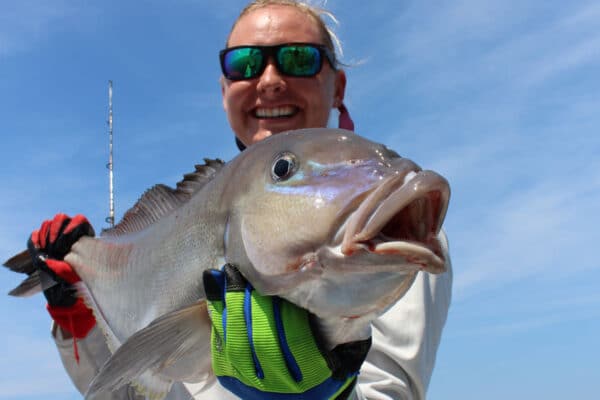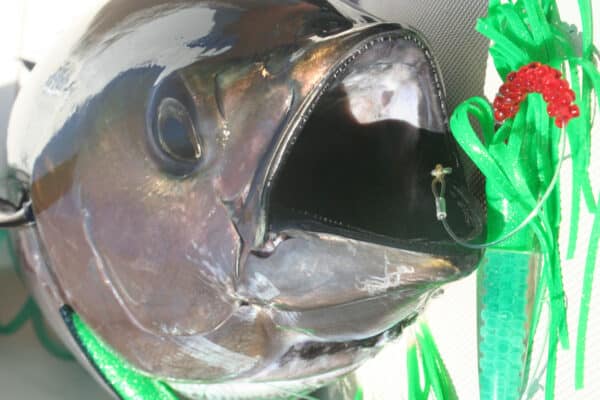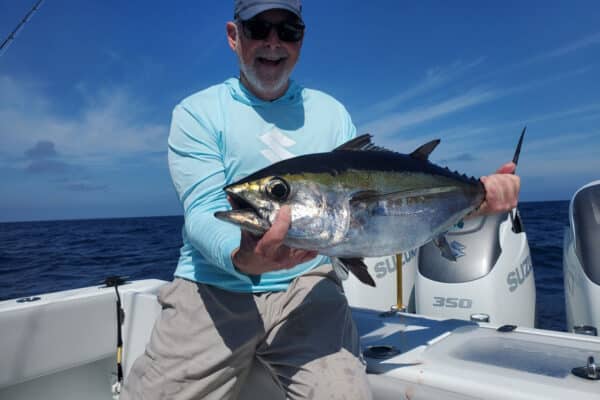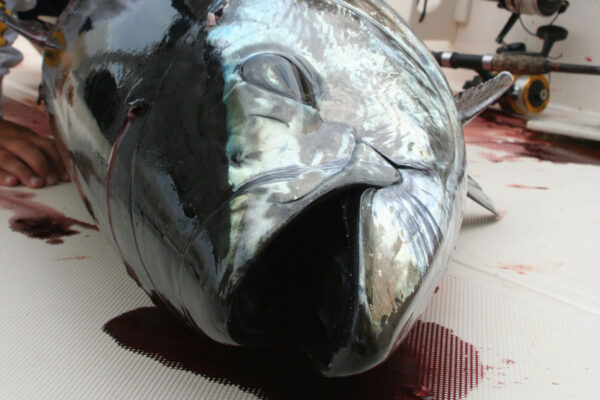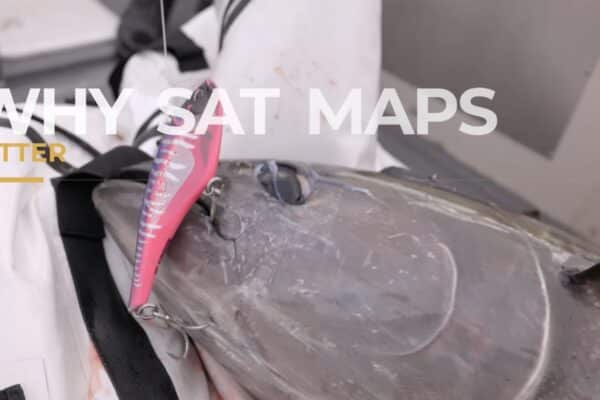SatFish provides many features that help all types of anglers up their game. Whether you are a novice angler just starting your journey into offshore fishing or a seasoned tournament angler, SatFish provides the tools to take your game one step further and help you catch more fish.
Videos on this page:
Complete Interface Tutorial
Base Layers, Contours, & Buoy Data
Reading SST & Chlorophyll Maps
Using SST & Chlorophyll to Find Offshore Hotspots
Advanced Tips for Offshore Fishing
Building an Offshore Gameplan
How to Use SatFish When Skies are Cloudy
Catch More Fish in the Florida Keys by Capt. Ryan Van Fleet
Find More Tuna Using Satellite Maps [Bluefin + Albacore]
Complete Interface Tutorial
In this step-by-step tutorial, Captain Ali Hussainy from Local Knowledge walks you through all the essential tools and features of the SatFish mapping interface, available on both desktop and mobile apps.
Base Layers, Contours, & Buoy Data
In this easy-to-follow tutorial, you’ll learn how to utilize detailed base maps, bathymetric contours, labeled fishing hotspots, latitude-longitude grids, and real-time National Weather Service buoy data directly integrated into SatFish. Whether you’re fishing your local waters or exploring new offshore regions, Captain Ali Hussainy from Local Knowledge shows you exactly how to customize SatFish maps to identify productive fishing zones, underwater structures, depth changes, and current sea conditions.
Reading SST & Chlorophyll Maps
In this video, Capt. Ali Hussainy demonstrates how SatFish’s ultra-high-resolution sea surface temperature (SST) and chlorophyll maps help pinpoint productive fishing areas before you even leave the dock. Learn how interpreting these detailed, fisherman-driven maps can save you valuable time and fuel while dramatically increasing your chances of locating fish, birds, dolphins, and other marine life offshore.
Using SST & Chlorophyll to Find Offshore Hotspots
In this video, we walk through how to use Satfish to plan your offshore fishing trips more effectively. Starting from the Satfish dashboard, you’ll learn how to navigate regional maps—like the Baja, Los Cabos, and East Cape zones—and use satellite imagery to track sea surface temperatures (SST) and chlorophyll levels.
Advanced Tips for Offshore Fishing
What you’ll learn in this video:
- How to interpret High-Definition SST & Chlorophyll maps
- The benefits of 1-day and 3-day composite maps
- Understanding cloud-free SST maps during low-visibility conditions
- Identifying productive fishing edges, currents, and clean water zones
- Practical tips for logging data and improving future offshore trips
SatFish Will Help You Build Your Best Gameplan
In this video, Capt. Ali Hussainy of Local Knowledge explains why SatFish is such a valuable tool and how to use its features like Sea Surface Temperature Charts and Chlorophyll Charts to identify areas of water that may be holding fish.
Even when the Skies are Gray, SatFish can Save the Day
Don’t let gray skies get you down. In this video, Capt. Ali explains the answer to one of our frequently asked questions, “How come there are blank areas on the charts?” In short, the answer is clouds. In explaining the answer to the question, Ali also demonstrates how to use other charts that SatFish offers to overcome this obstacle and still find the fish. Charts like our Composite SST/Chloro as well as our Cloud-Free SST can be very useful when properly understood.
Find More Fish
Capt. Ryan Van Fleet of Good Karma Sportfishing is one of our SatFish ambassadors, and we are proud to be working with him! Capt. Ryan avidly fishes the Florida Keys, and in this video he shares how he uses tools that SatFish provides to successfully target various species of fish in the area.
Find More Tuna Using Satellite Maps [Bluefin + Albacore]
Ever wonder how offshore anglers consistently find tuna before leaving the dock?
In this video, we break down exactly how we use temperature maps and chlorophyll maps to locate bluefin and albacore tuna. We go over why these breaks are the key to finding bait and life offshore. We’ll walk through real world examples from past trips, show you how we read SatFish maps, and explain what we look for: temperature breaks, chlorophyll edges, and current lines that stack up bait. Whether you’re new to offshore fishing or looking to fine-tune your strategy, this guide will help you plan better trips, find fish faster, and avoid dead water.

